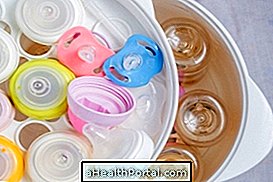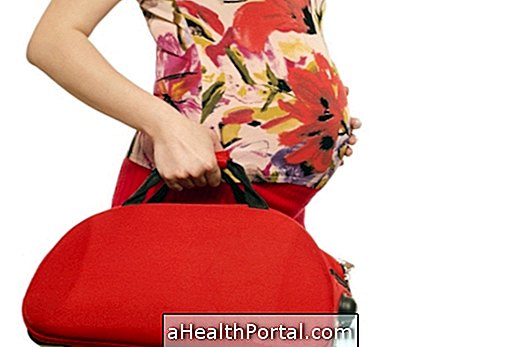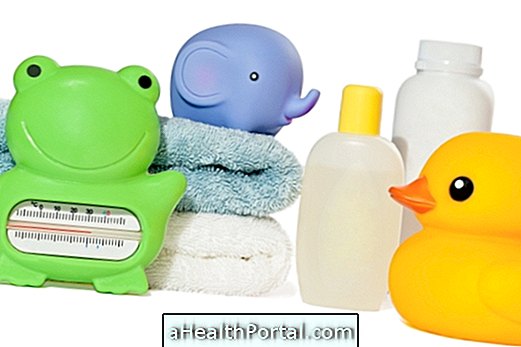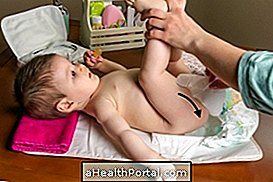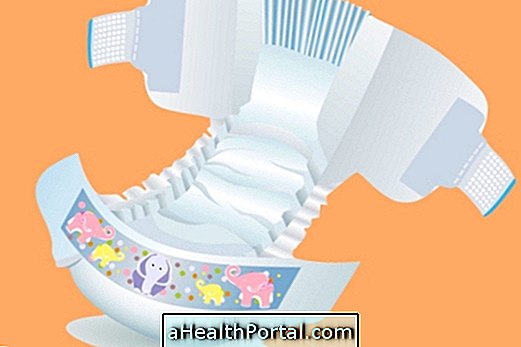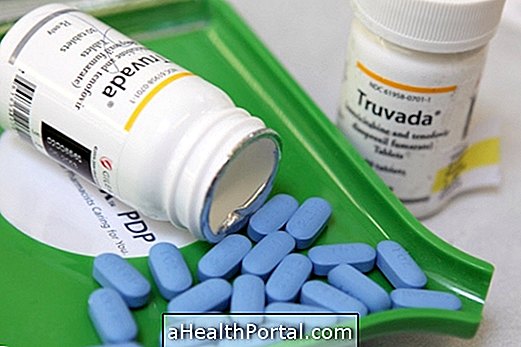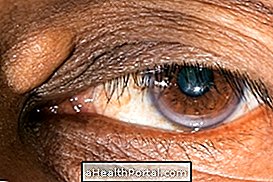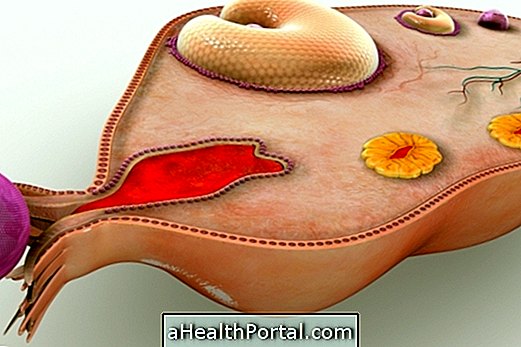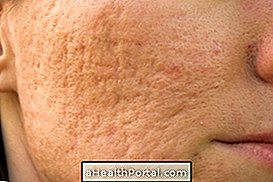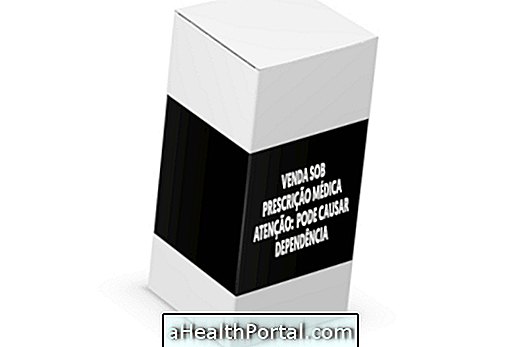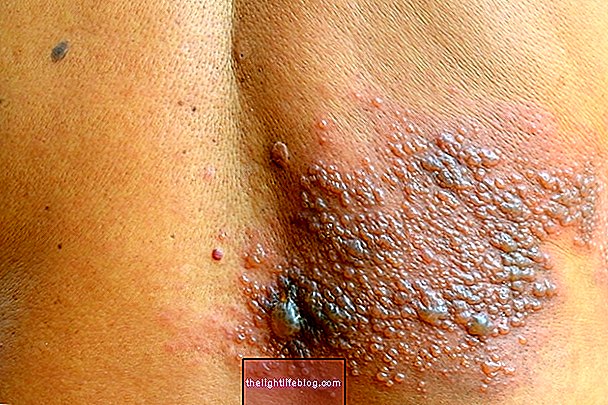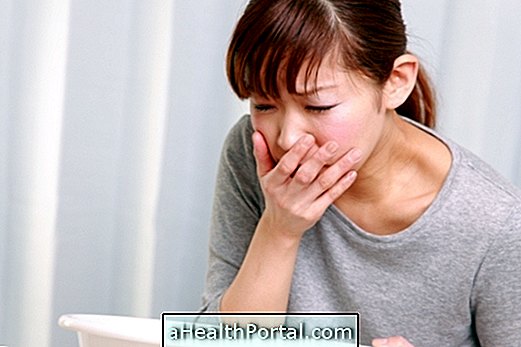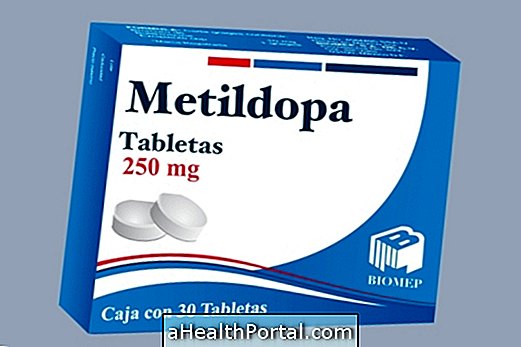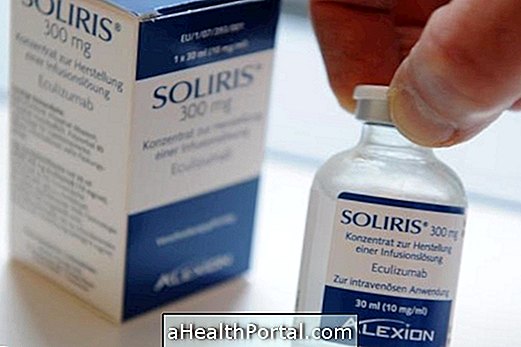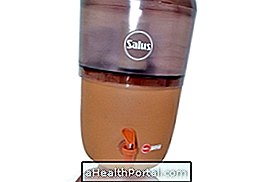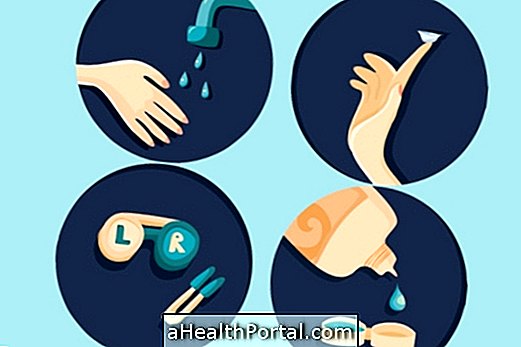Bathing in the baby is a great way to promote the child's well-being, as well as being an essential hygiene measure for the baby's health.
However, the bath should not take more than 10 minutes for the baby not to go cold and can be given in any part of the day, in most cases about 3 baths per week are enough for the newborn baby and 4 for the most grown.
During bathing it is very important to always be attentive to the baby because he can fall and get hurt and you should never give him a bath after he eats or sucks because he can play.
In addition, parents should prepare baby clothes at the beginning of the bath so that they do not get cold, and the amount of clothing should vary with temperature, and children usually need more clothes than their parents to be comfortable. Read how you should wear your baby when it is hot or cold.
Step 1 - Preparation for baby bath
To make the bath in the baby the parents should choose to use a tub or a bucket Shantala. In addition, it is important to use hygiene products, such as shampoo and soap, suitable for babies because they are less aggressive to the skin and do not cause irritation of the eyes or skin, for example. Thus, one should:
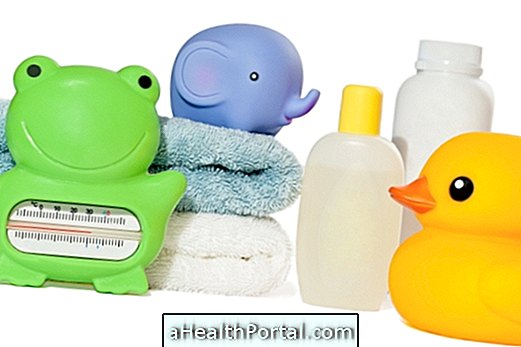
- Choose a location with constant temperature between 22 to 25º and without drafts;
- Gather all the necessary material for the bath in the baby, such as products, towels and clothes, opening the clothes in the order they will wear so the baby does not go cold;
- Put water in the bathtub or bucket with about 10 cm, less than half of the baby, putting first the cold water and then the hot water.


At the end you should stir the water and keep at the temperature of 37 °, checking with the thermometer to not burn the baby's skin.
Step 2 - Bathing the baby
Before placing the baby in the bathtub or bucket you should check the diaper and clean the baby's intimate area if it is dirty with feces or urine so as not to soil the water. Only then should you:

- Sit the baby in the tub holding the head that is the heaviest part of the baby's body;
- Begin bath cleaning face with clean water;
- Wash your hair with baby shampoo, such as Xuxinha's Class or Johnson's baby, massaging the head with your fingertips;
- Remove the foam from the hair, being careful to prevent water from going to the baby's face or ears;
- Wash the baby's body with proper soap for the skin type, leaving the intimate region to the end.
Finally, the baby should be withdrawn from the bath and placed lying on the dry towel, previously extended.
Step 3 - Clean and clean your baby
After taking the baby out of the water it is essential to snuggle it in the towel so as not to get cold, using a soft towel, taking special care to the folds of the thighs, belly and arms to not accumulate moisture that causes wounds on the skin. Then you should:
- Dry the baby's face and body ;
- Clean the intimate area and check if there is no need for cream when it is rash;
- Putting the diaper on the baby does not dirty the towel;
- Spray moisturizing cream on the chest and arms of the baby and immediately dress the clothes from the upper region;
- Spend cream on the little legs and wear the bottom of the baby's clothing.
At the end you can comb your hair, check the need to cut your nails and put your shoes on in case the baby already knows how to walk.
When to bathe the baby?
Parents should adapt the bath time to the baby's preferences so that the bath can be given in the morning, to wake up, or at night to fall asleep, depending on the reaction and personality of each baby.
Do all babies like the bath?
Most infants from the age of 6 months, especially when they are already seated, enjoy the bath and feel comfortable, even enjoying playing with the water. However, newborns in most cases cry a lot and so the bath should be quick not to cause discomfort.
